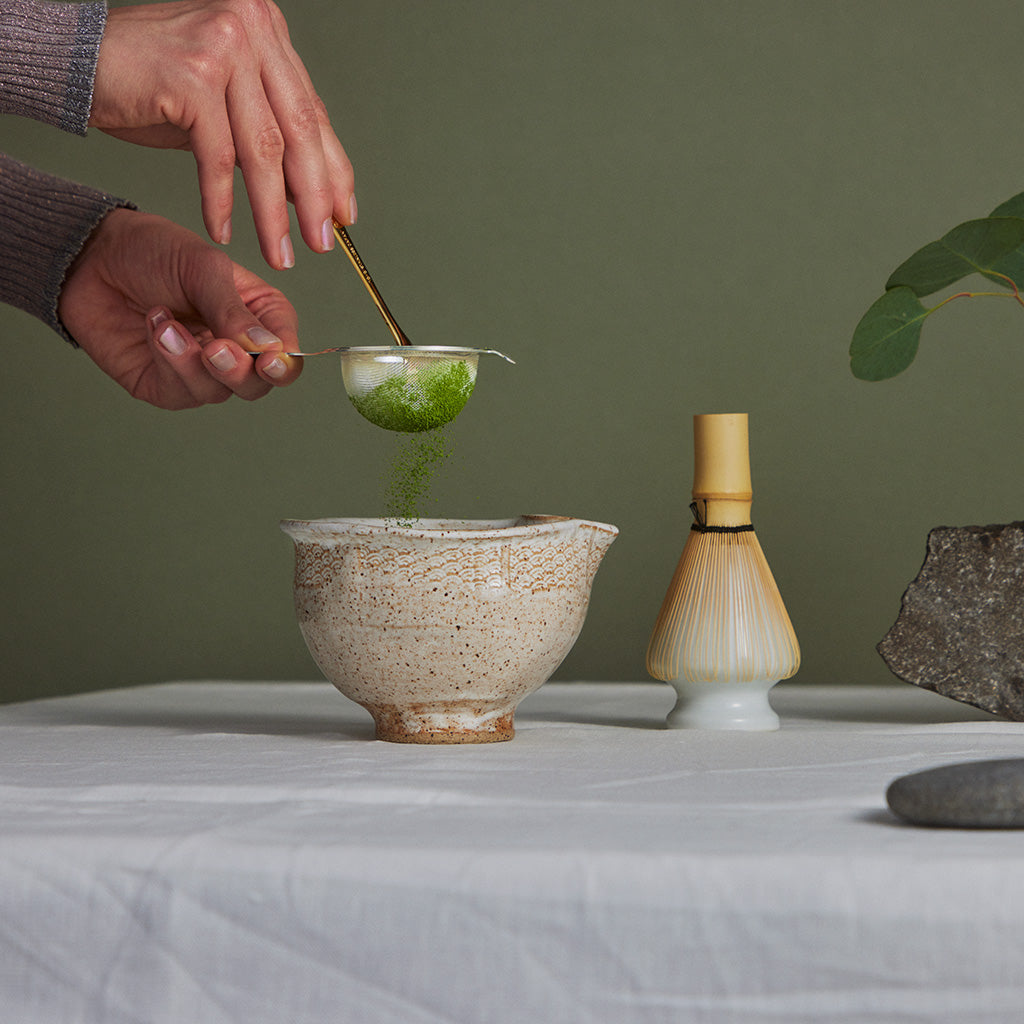The Matchaful Health Standard
QUALITY CONTROL
Before our matcha arrives at your front door, it undergoes extensive third-party testing for radiation, heavy metals, and over 700 pesticides and herbicides to ensure it meets Matchaful standards. All our matcha is pesticide-free or certified organic.
Read: Kiwami Heavy Metals and Radiation Report
Read: Hikari Heavy Metals and Radiation Report
QUICK FACTS
— Matcha is the only tea where you actually ingest the leaf.
— Most teas are steeped and then thrown away.
— This is what makes matcha so special and unique, and also what leads to its amazing health benefits.
MATCHA CONTAINS
POWERFUL ANTIOXIDANTS
Matcha is an antioxidant powerhouse. On the ORAC scale (oxygen radical absorbance capacity – a measure of the antioxidant capacity of food), it surpasses all other antioxidant-rich foods including blueberries, pomegranates, and dark chocolate.
The antioxidants in matcha are made up of 60% catechin polyphenols – the most potent antioxidant. Catechins offer protection against many kinds of cancer, helping to prevent heart disease, reduce cholesterol, and slow the process of aging. The most important and abundant polyphenol in matcha is EGCG (epigallocatechin gallate) – the same polyphenol found in all green teas.
MATCHA PROVIDES
SUSTAINED ENERGY & FOCUS
L-Theanine, an amino acid found in matcha, combines with caffeine to create increased focused and sustained energy throughout the day. L-Theanine has been hailed for relaxing the brain, muscles, and blood vessels. It can help lower blood pressure, enhance mood and promotes a sense of calmness by relaxing alpha waves in the brain (associated with a feeling of happiness and alertness) and increasing dopamine production – two of the brain’s ‘feel good’ chemicals. This amino acid is the secret ingredient that leaves you feeling energetic and focused yet calm all day long.
MATCHA IS
CLEANSING & DETOXIFYING
Matcha is five times higher in chlorophyll than regular green tea. The primary reason chlorophyll is considered a superfood is because of its strong antioxidant and anticancer effects. Chlorophyll benefits the immune system because it’s able to form tight molecular bonds with certain chemicals that contribute to oxidative damage and diseases like cancer or liver disease. Chlorophyll can help give you clear skin, protect your blood and heart, and also help prevent joint inflammation.
How It's Made
|
Step 1: Katagi - Owari Cut the stripped raw bamboo in half with a large split knife |
Step 2: Katagi Split the stripped bamboo into splines to make the tip |
|
Step 3: Katagi - Touiri Separate each piece into skin and meat with a kitchen knife and remove the meat |
Step 4: Kowari - Kowari Split each tine into 10 pieces, alternating thin and thick weights to create 160 equal tines |
|
Step 5: Cut into Small Pieces Carefully tear apart the individual tines using your hands |
Step 6: Cut into Small Pieces 80 thick tines make up the outside ring and 80 thin tines make up the inner |
|
Step 7: Ajikezuri Boil the tip and carefully shave it to taper toward the tip |
Step 8: Ajikomi - Shaving It is said that the flavor of the tea changes depending on the shavings' flavor—this is the most difficult step in the process |
|
Step 9: Seasoning - Squeezing Once shaved to the proper thickness, the tines are ironed to curve inwards |
Step 10: Chamfer Both corners of the thick tines are thinly shaved and woven with cotton thread so that the tea does not stick to them |
|
Step 11: Part 2 The thick tine that was opened in the lower layer is further woven two times to reinforce the base |
Step 12: Waistline Tailoring Adjust the height of the inner and outer tines to adjust the overall shape and complete the Takayama tea whisk |

















